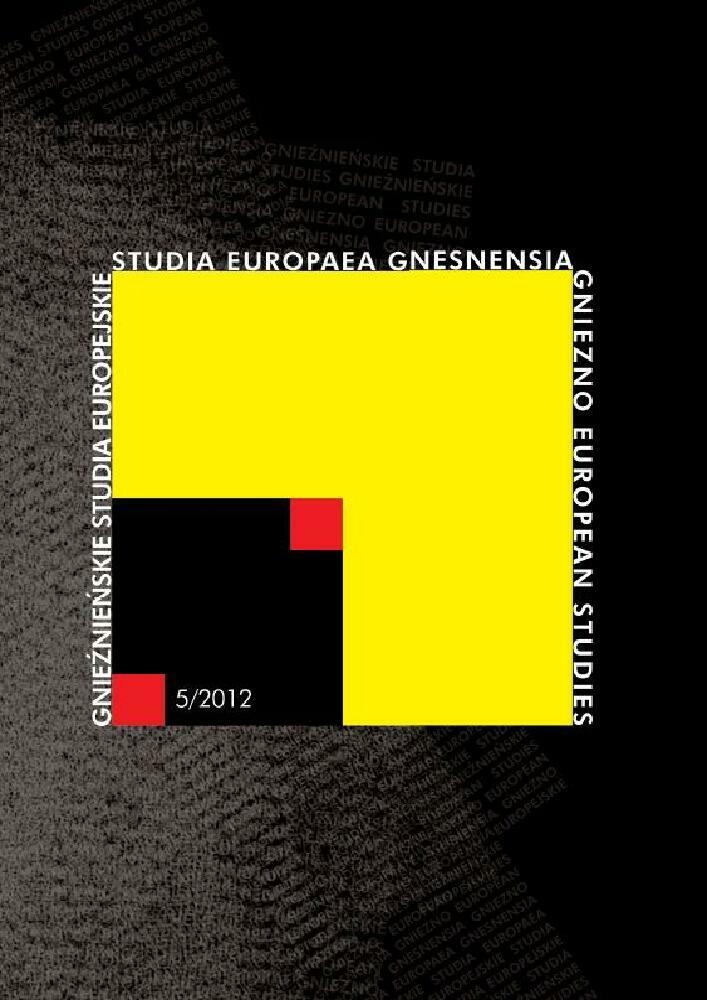Abstract
In the 4th century AD, with the ongoing Christological debate, personal ambitions, political, ideological and economic problems came to the surface, which ravaged the structure of the Universal Church. The east of the Empire was a particularly susceptible area, but similar phenomena were also taking place in the Eternal City. In the latter half of the 4th century, against the backdrop of debate sparked by the teachings of Arius and the intervention of Constantius II in the internal matters of the Roman Church, divisions ensued. The causes behind such state of affairs appear so complex that one cannot conclusively state whether this resulted from personal ambitions or whether the issue of maintaining orthodoxy was at its roots. It seems that in the discussed events the Aryan affair was merely a pretext for pursuing now indeterminable goals of the groups into which the community of Roman Christians had been split.
References
Benoist-Méchin J., Kaiser Julian oder der verglühte Traum, Darmstadt 1979, s. 145–148, 171–172.
Borchardt C.F.A., Hilary of Poitiers’ role in the Arian Struggle, The Hague 1966, s. 19. DOI: https://doi.org/10.1007/978-94-015-0697-7
Chadwick H., Historia rozłamu Kościoła wschodniego i zachodniego, tłum. P. Sajdek, Kraków 2009, s. 19–43.
Dassmann E., Kirchengeschichte II/1, s. 30–36.
Dassmann E., Kirchengeschichte II/1. Konstantinische Wende und spätantike Reichskirche, Stuttgart–Berlin–Köln 1996, s. 64–66.
Demandt A., Die Spätantike, s. 80–82; A. Piganiol, L’Empire Chrétien, Paris 1972, s. 82–84.
Demandt A., Kaisertum und Reichsidee in der Spätantike, [w:] C. Colpe, L. Honnefelder, M. Lutz-Bachmann, (hg.), Spätantike und Christentum. Beiträge zur Religions- und Geistesgeschichte der griechisch-römischen Kultur und Zivilisation der Kaiserzeit, Berlin 1992, s. 13– 19.
Gajewski W., Charyzmat. Urząd. Hierarchia, Kraków 2010, s. 49–52;
Gnilka J., Piotr i Rzym. Obraz Piotra w pierwszych dwóch wiekach, tłum. W. Szymona, Kraków 2002, s. 48–87.
Iwaszkiewicz-Wronikowska B., Problem chrystianizacji starożytnych miast Zachodu w świetle badań archeologicznych, [w:] L. Mrozewicz, K. Balbuza (red.), Miasto w starożytności, Poznań 2004, s. 468–482.
Kasprzak D., Historia metropolii i antycznego rytu raweńskiego (IV–IX wiek), VoxP 52(1), 2008, s. 425–427. DOI: https://doi.org/10.31743/vp.8255
Kopecek T.A., A History of Neo-Arianism, Philadelphia 1979, s. 415.
Leisegang H., Die Gnosis, Stuttgart 1985.
Schatz K., Prymat papieski od początków do współczesności, tłum. E. Marszał, J. Zakrzewski, Kraków 2004, s. 13–67.
Szymusiak J.M., Starowieyski M., Symplicjan, [w:] eosdem, Słownik wczesnochrześcijańskiego piśmiennictwa, Poznań 1971, s. 363.
Vogt J., Upadek Rzymu, tłum. A. Łukaszewicz, Warszawa 1993, s. 99–110.
Wipszycka E., Kościół w świecie późnego antyku, Warszawa 1994, s. 139–145.
License
Copyright © 2012 by IKE and PTPN
